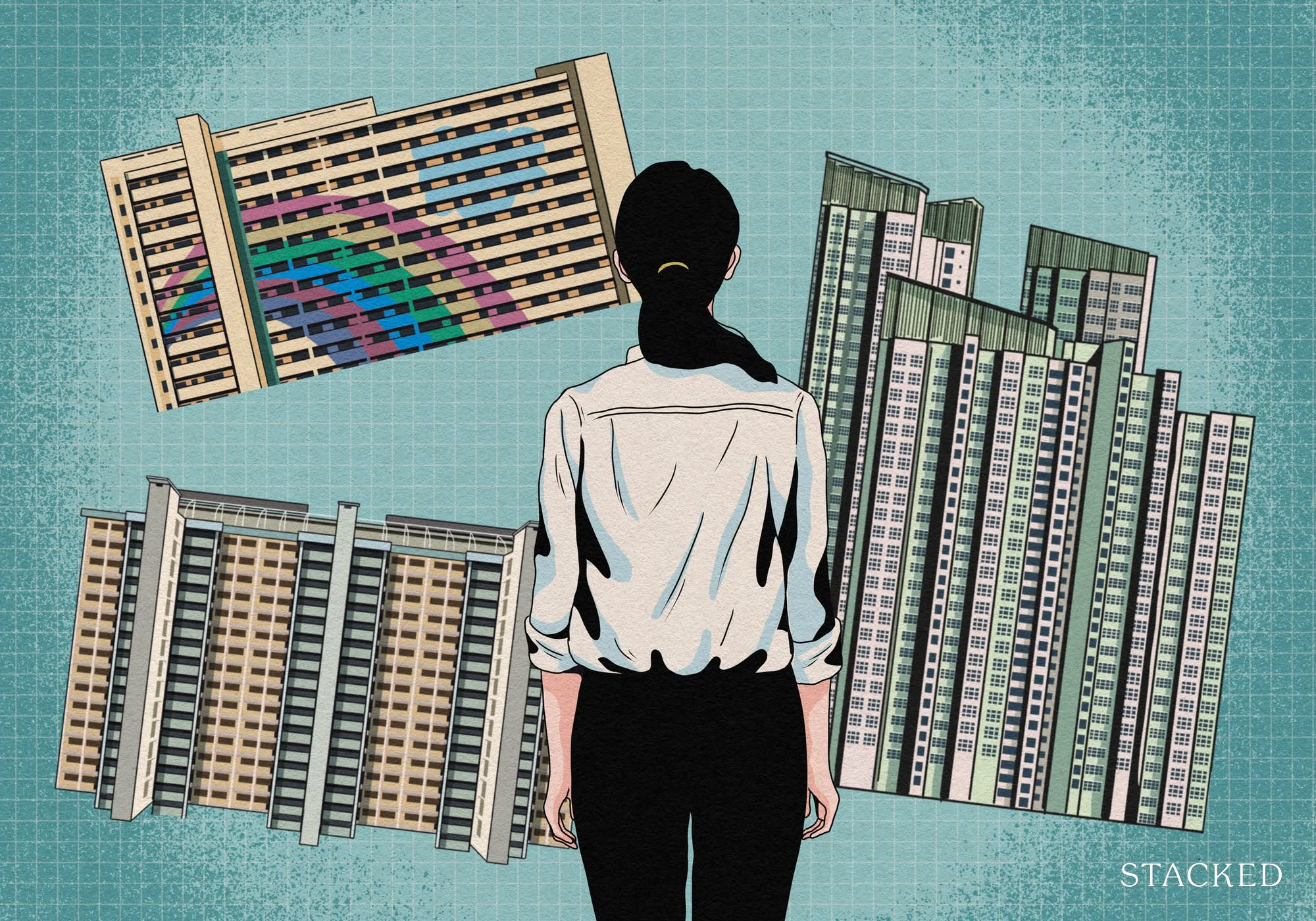When ‘Bad’ Property Traits Can Be A Bargain For Homebuyers In Singapore
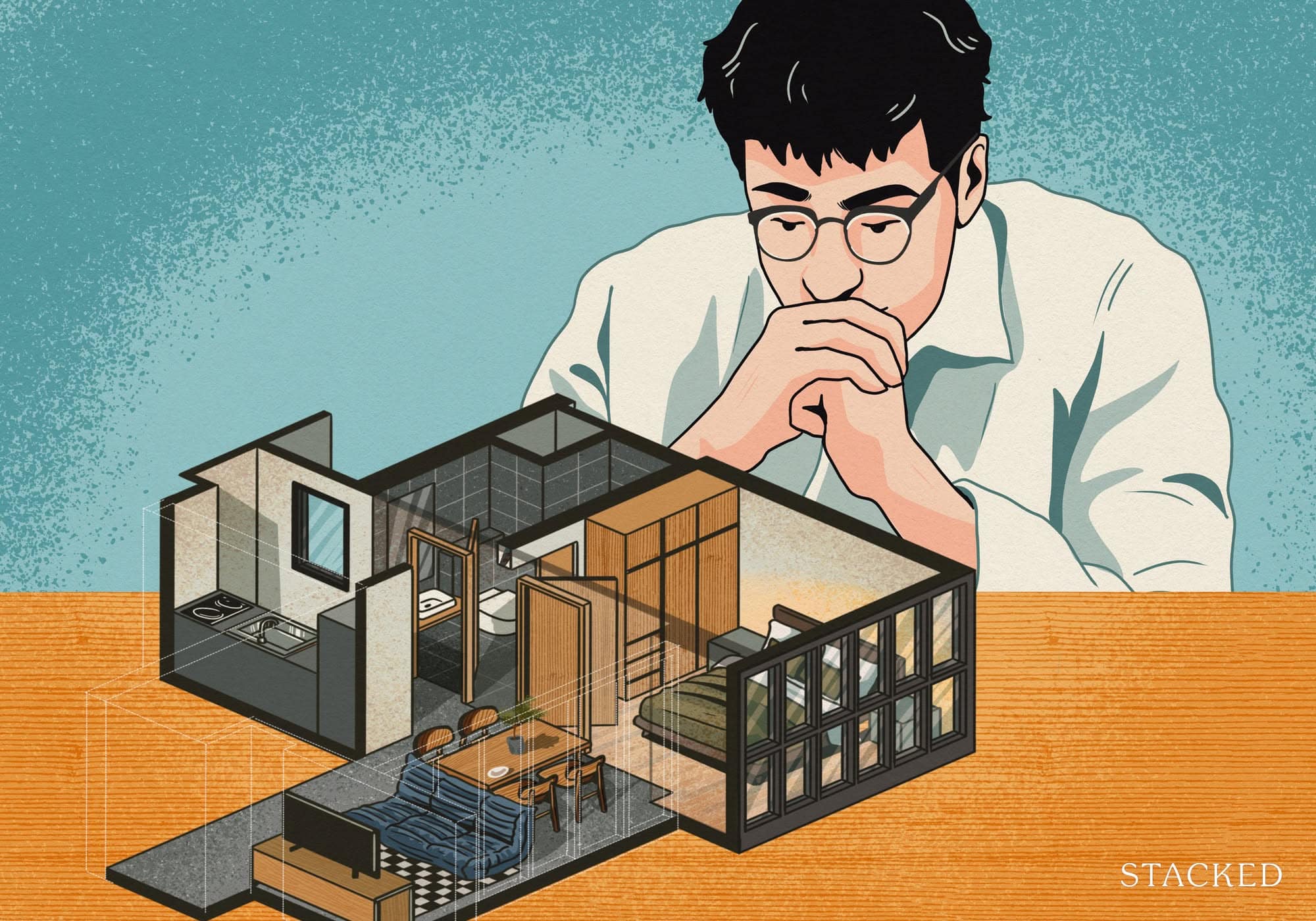
Get The Property Insights Serious Buyers Read First: Join 50,000+ readers who rely on our weekly breakdowns of Singapore’s property market.
A seasoned content strategist with over 17 years in the real estate and financial journalism sectors, Ryan has built a reputation for transforming complex industry jargon into accessible knowledge. With a track record of writing and editing for leading financial platforms and publications, Ryan's expertise has been recognised across various media outlets. His role as a former content editor for 99.co and a co-host for CNA 938's Open House programme underscores his commitment to providing valuable insights into the property market.
The saying that one man’s floor is another man’s ceiling is most literally applicable in real estate. A clear manifestation of this is how, in many cases, property features considered a serious drawback may appeal to some homeowners, or may even be seen as a way to save money. Here are some situations where a supposed “negative” might work in your favour, based on your family’s lifestyle or your unique preferences:
1. Accepting lock-ins and clauses that can lower mortgage rates, when they’re not relevant to you
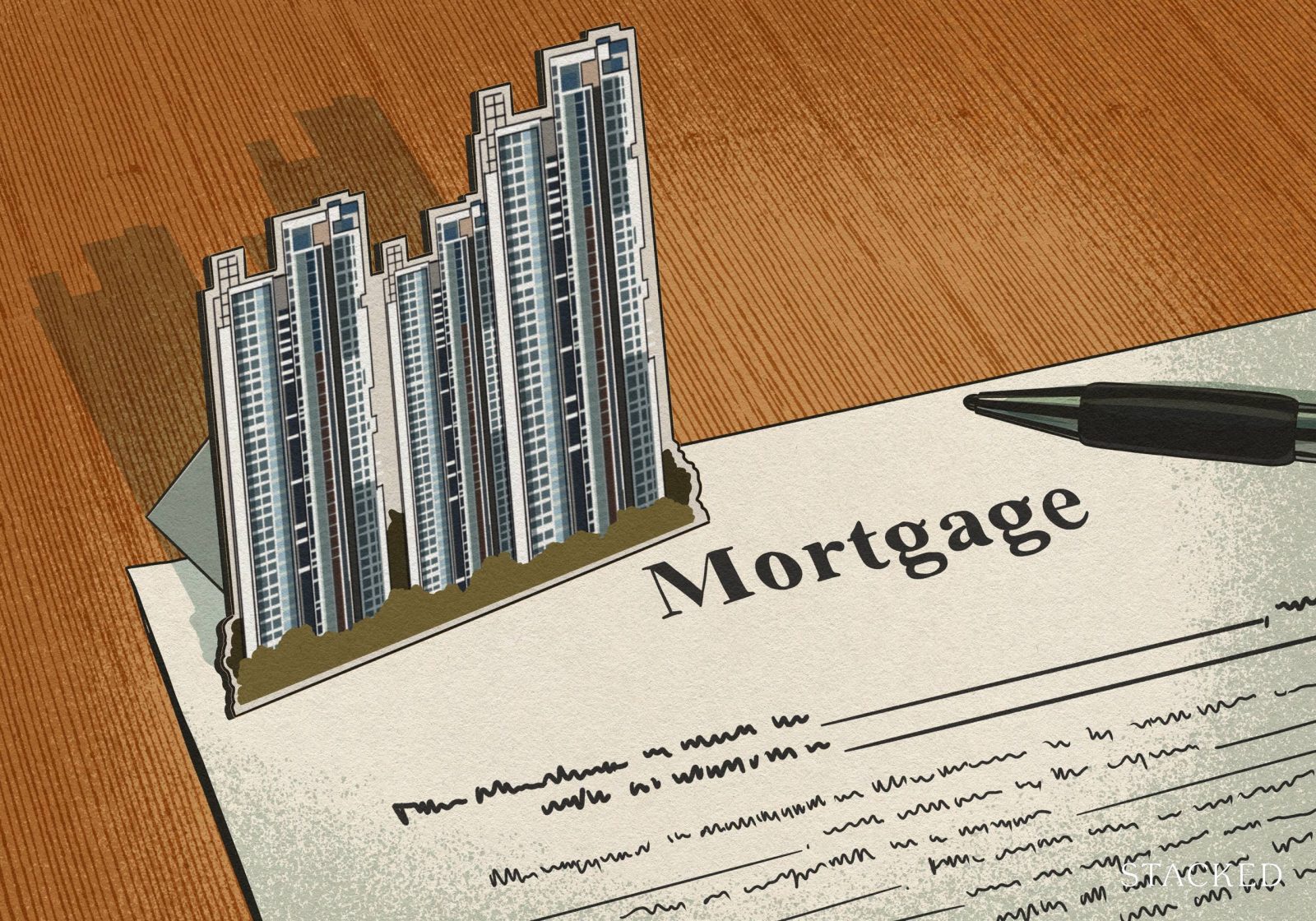
During a lock-in period, banks can charge you a penalty if you try to refinance. This is most often 1.5 per cent of the outstanding loan amount, but it varies between banks (and further processing fees are sometimes tacked on to it). So, for most borrowers, the impression is that a lock-in period, or a longer one like five years instead of three years, is always worse. However, mortgage brokers have told us this isn’t often the case, and sometimes they even recommend the loan with the lock-in.
Quite often, loans without lock-in periods have higher interest rates. You do pay for the freedom to refinance your loan whenever you need. But there are situations when you’re not likely to do so anyway – such as when loan interest rates are rising, and will likely do so for the coming years (there’s no point refinancing if the next loan package costs about the same, or even more).
Likewise, there are some borrowers who don’t have much left to repay, don’t like to chase lower rates, or have other reasons not to refinance in the foreseeable future. In these instances, a lock-in period is irrelevant as a disadvantage, and you may as well take it if it results in a cheaper home loan.
On a similar note, you might ignore other “loan flexibility” features you don’t need, such as being allowed to make early repayment in the event of a sale, when you don’t intend to sell for decades anyway.
2. Leasehold status, if renting it out is a big part of your property strategy
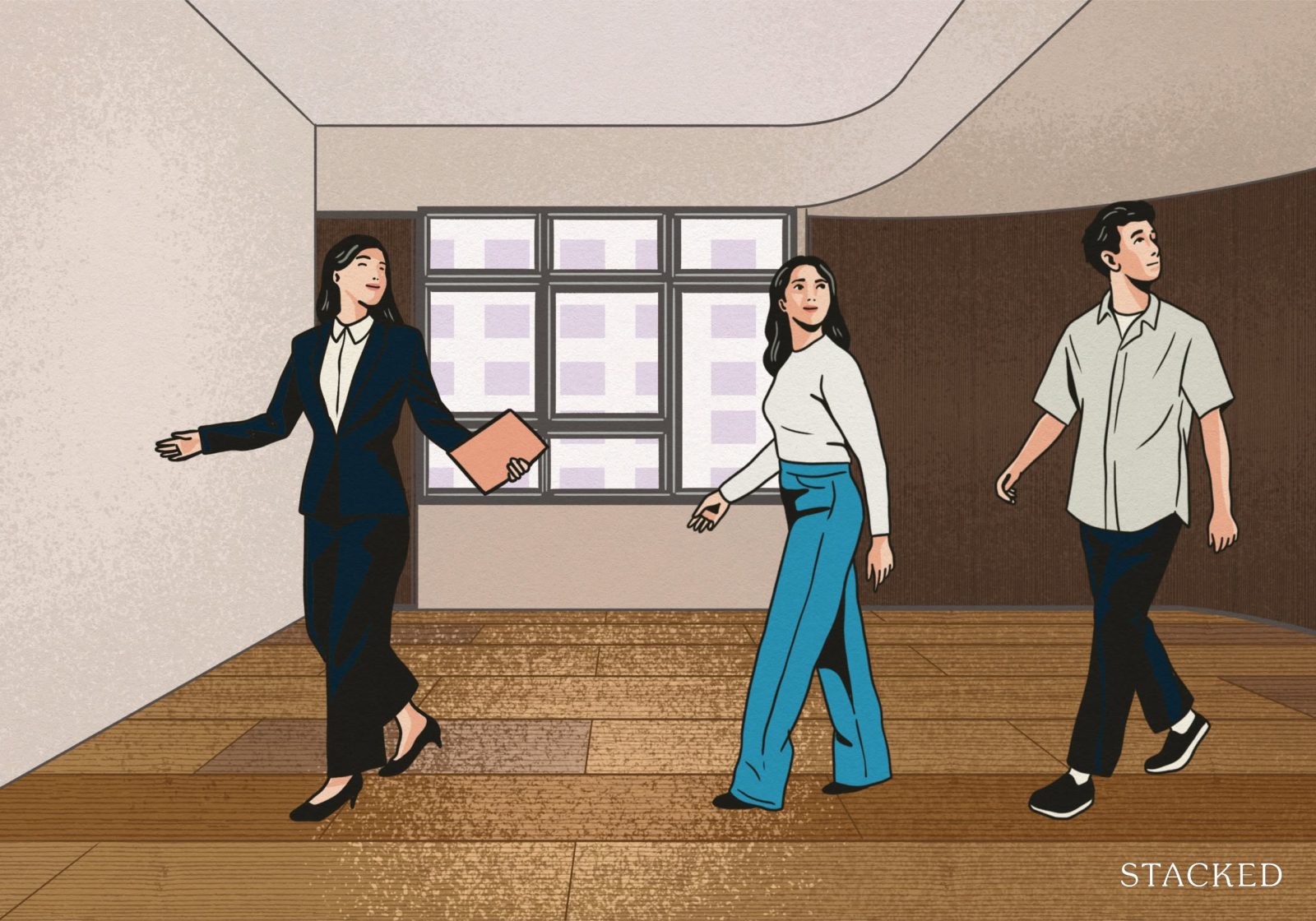
As long as the property is well maintained and facilities are adequate, tenants don’t care whether the property is leasehold. There’s no tangible advantage to leasing a freehold project, and therefore, there is no reason to pay any more for it.
For landlords, this means that a freehold condo may come with a ballpark 15 to 20 per cent premium, with no accompanying rise in rent. In fact, an older leasehold property might be more advantageous to the landlord, since it often comes with a lower price, but can still fetch rental rates close to the relevant neighbourhood.
The famed People’s Park Complex is an outstanding example of this: it’s leasehold and was built in 1972, so one-bedders here have fetched prices as low as $580,000 (a 409 sq. ft. unit transacted in March 2025). However, vacancies are rare and tenants still pay good rates, as it’s close to Chinatown MRT station and the CBD.
3. West-sun-facing units
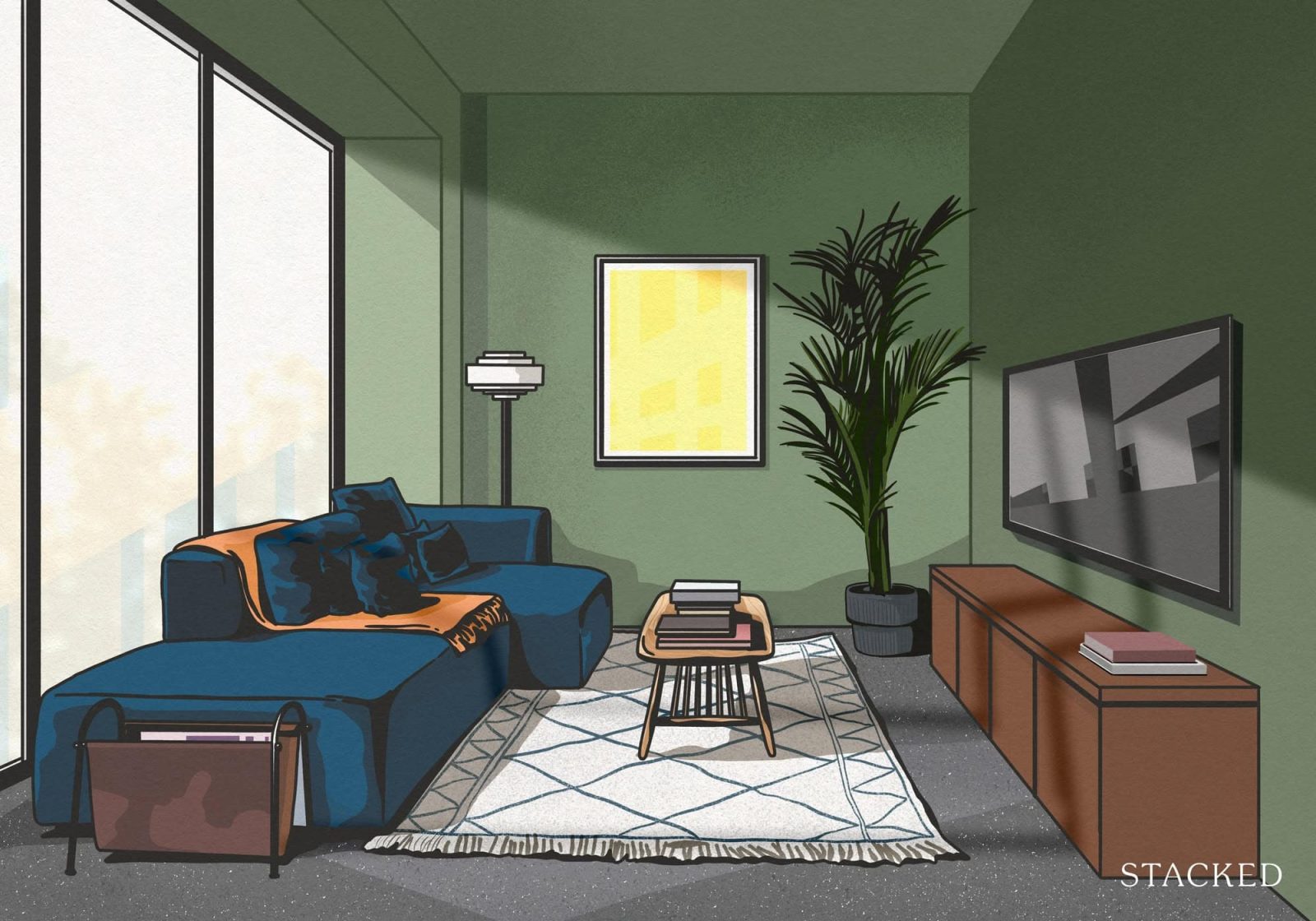
These are often derided for sun glare, heat, and running up your air-con bills. But consider your lifestyle and the hours you’re at home: if you Work From Home, or have children who spend most of the afternoon at home, then this is definitely a drawback.
But if you leave for the office at 7 am and are back at 7 pm, then what really is the drawback? You’re not around for the hottest periods of the day anyway. This also goes for renters: a tenant who works elsewhere most of the day doesn’t care to pay more because of a better sun-facing, or may pay the same market rate even if the unit is west-sun-facing (provided other factors are still convenient.)
This can mean you can purchase in a less “premium” stack, or bargain down the resale price a bit, despite never feeling the disadvantage.
4. Properties with upcoming or ongoing construction nearby
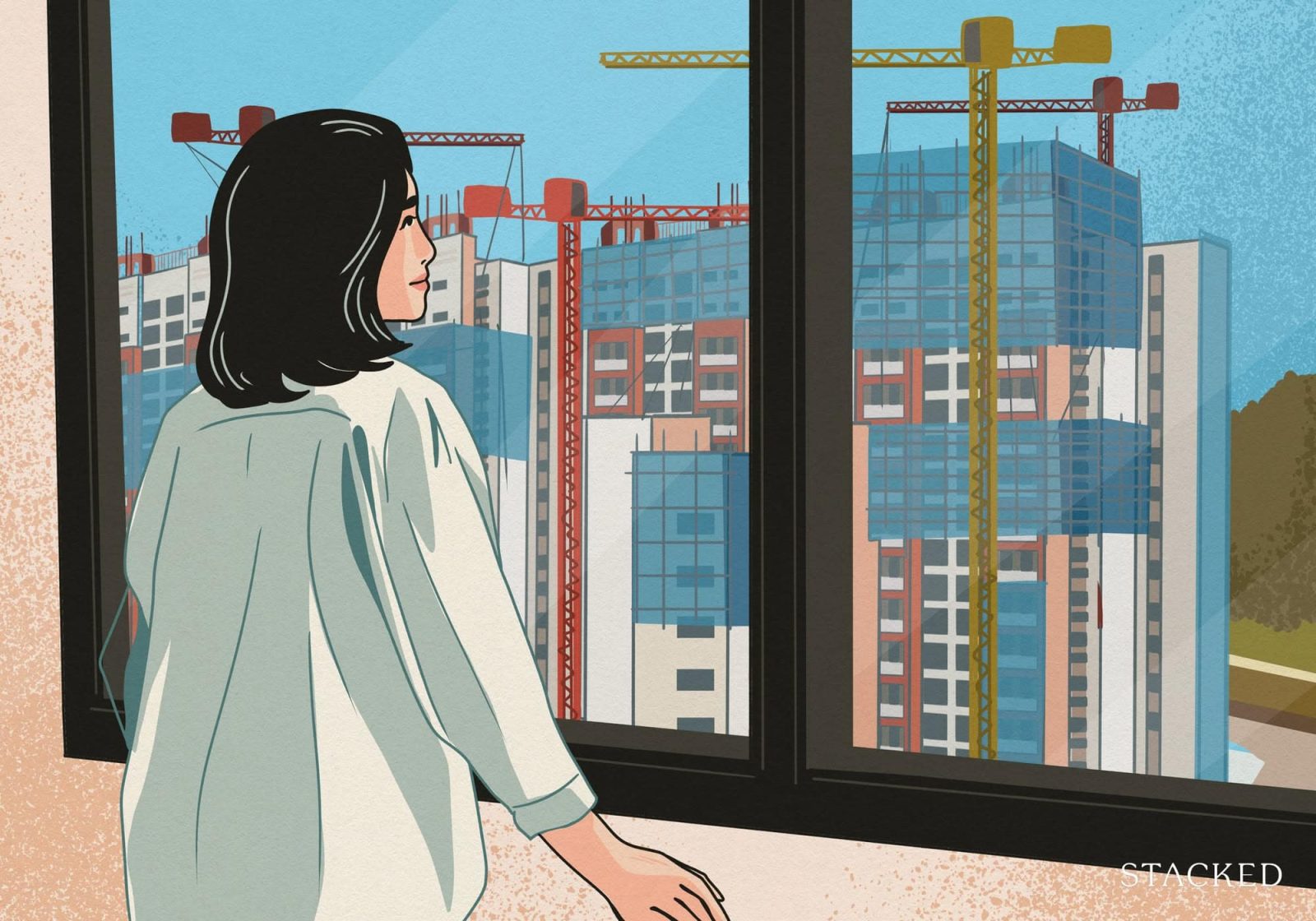
Sure, it’s dusty and noisy now – but once the nearby mall or MRT station is complete, the temporary inconvenience will convert to easier rentability, or superior convenience. There’s also the touchy issue of what happens if the nearby construction is another condo.
Some homebuyers see another newer condo nearby as competition, and immediately take it as a bad sign. However, this isn’t always clear cut. A good example of this is the upcoming Bayshore GLS plot: on the downside, this provides a much newer contender to the older Costa Del Sol, Bayshore Park, and The Bayshore. On the other hand, it also brings in a much-needed mall (there’s none in the immediate vicinity), and makes the overall area more desirable.
It’s also worth considering that over time, new launches can help to raise overall prices in an area, thus having a knock-on effect on existing resale projects. Or at the very least, they may not have any real impact after all.
5. “Inefficient” planter boxes and bay windows
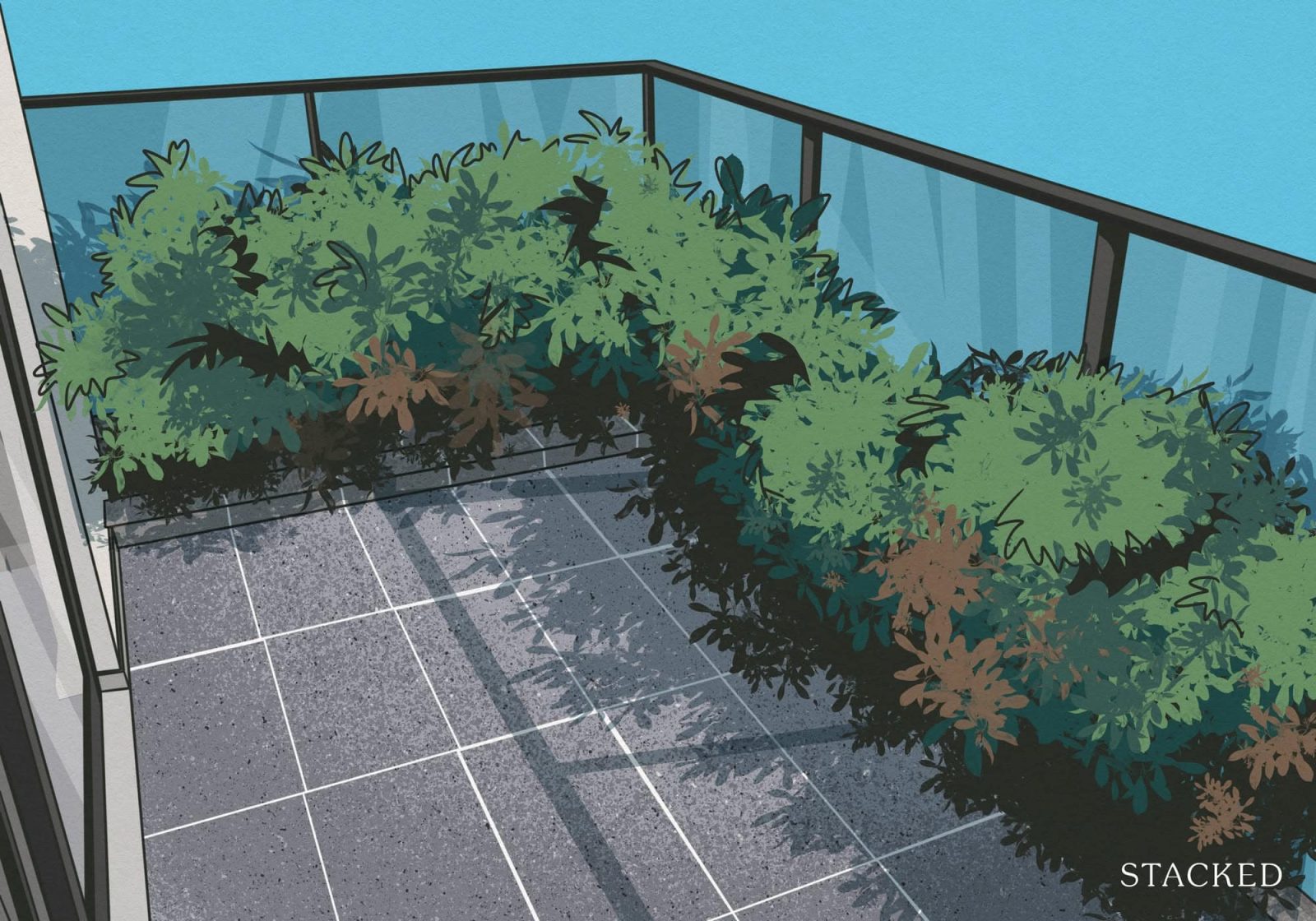
These were the bane of buyers in the 2010s, right up until recent Gross Floor Area (GFA) harmonisation. But while some decry planter boxes and bay windows as inefficient, we’ve met homeowners who’ve made the most of them and love them.
Take bay windows, for example: because these tend to protrude from larger central windows, it’s easy to expand them into reading nooks, or additional seating.
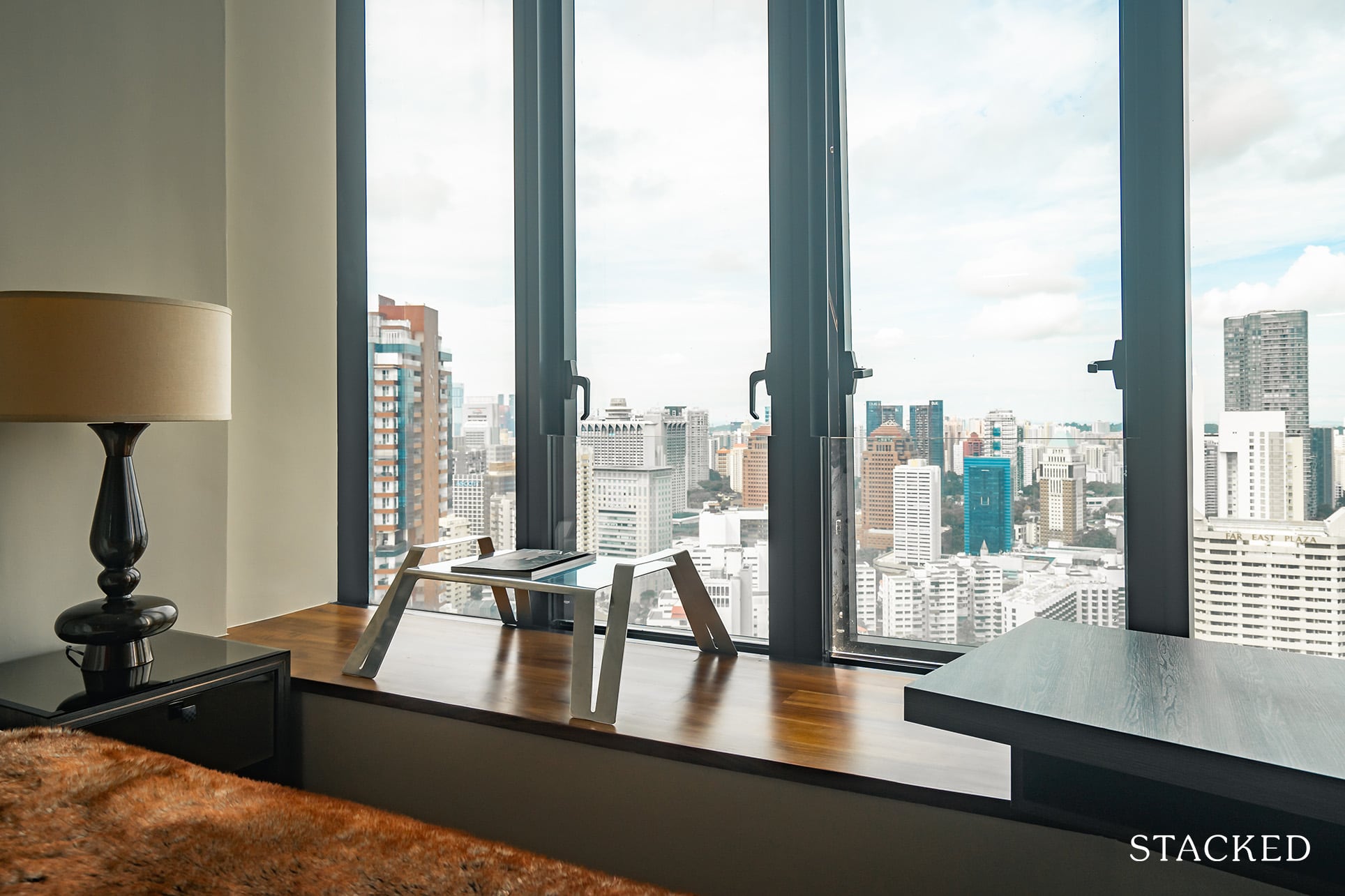
We’ve also seen cabinetry and storage spaces built into bay windows; so a good interior designer can do a lot with this otherwise inefficient feature.
As for planter boxes, we have met the occasional homeowner who specifically looks for them. In particular, some homeowners like using planter boxes as a privacy shield, especially if they’re on a lower floor (e.g., fourth or fifth floor, where someone could still ostensibly peek through the window). There are also homeowners who have moved from landed properties, who appreciate still having their own greenery.
An interesting bonus, told to us by a former landed home dweller, is that planter boxes are less susceptible to pests that eat your plants. Slugs and snails, for instance, are less likely to be found on higher floors.
6. Car parks in older condos
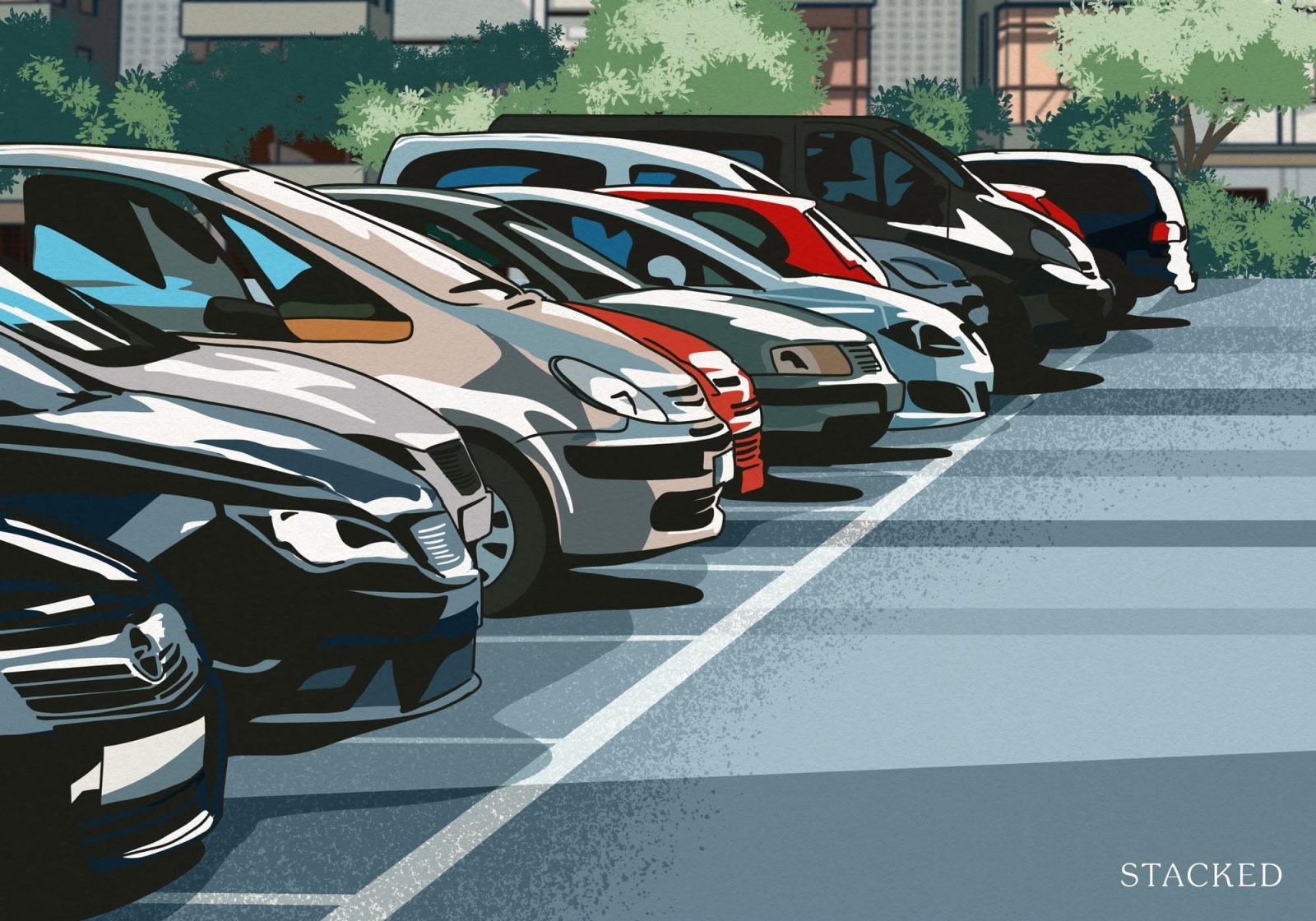
These are disliked because, in many cases, the car parks are not sheltered or are only partially sheltered. Some homeowners absolutely hate it when they need an umbrella to get to their car and back, especially in the end-of-year rainy season.
What some homebuyers do like, however, is the sheer number of lots you get in older projects. Back in 2019, the new Range Based Parking Provision Standards (RPPS) lowered the minimum parking provisions for condos. This wasn’t a thing that started from 2019 either: reductions already began in 2005, when condos could have 20 per cent fewer lots if they were within 400 metres of a train station.
Simply put, this means some newer condos – especially those near MRT stations or in more central locations – may have fewer than one lot per unit. Some may not even have visitor parking. This is in stark contrast to older projects, where a minimum of one lot per unit used to be the standard; and some condos even have multiple lots for each unit.
For families with multiple vehicles, this may be worth dealing with older car park layouts, or having to park further away to stay under shelter.
As you can see, what counts as a drawback may not always be so, depending on family lifestyle and preferences. Sometimes, a “disadvantage” is just an opportunity to save money for certain homeowners.
That being said, concerns may differ if your focus is on resale gains. This is where pure homebuyers differ from those with investment-oriented goals. Whilst you may not care about these drawbacks, other future buyers might – and you need to factor in the concerns of subsequent buyers in addition to (or perhaps over) your own. This has to be balanced with the immediate savings you might get.
If you’re uncertain, reach out to us at Stacked to get a better sense of what works for you. If you’d like to get in touch for a more in-depth consultation, you can do so here.
Have a real estate question, or not sure what your options are? Email us at stories@stackedhomes.com.
Ryan J. Ong
A seasoned content strategist with over 17 years in the real estate and financial journalism sectors, Ryan has built a reputation for transforming complex industry jargon into accessible knowledge. With a track record of writing and editing for leading financial platforms and publications, Ryan's expertise has been recognised across various media outlets. His role as a former content editor for 99.co and a co-host for CNA 938's Open House programme underscores his commitment to providing valuable insights into the property market.Read next from Property Advice
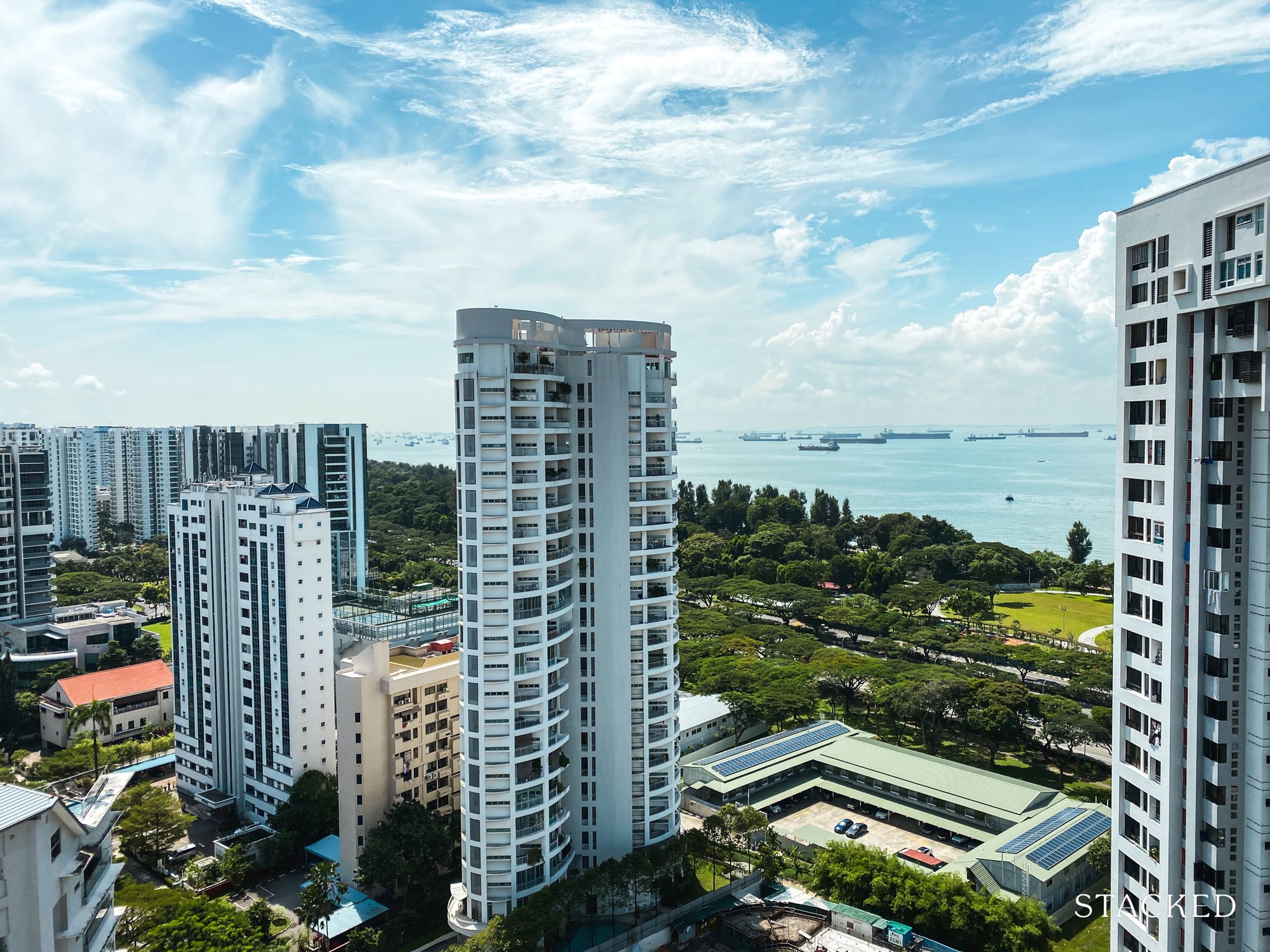
Property Advice Should We Buy An Old 99-Year Leasehold Condo To Live In: Will It’s Value Fall When The Lease Runs Out?
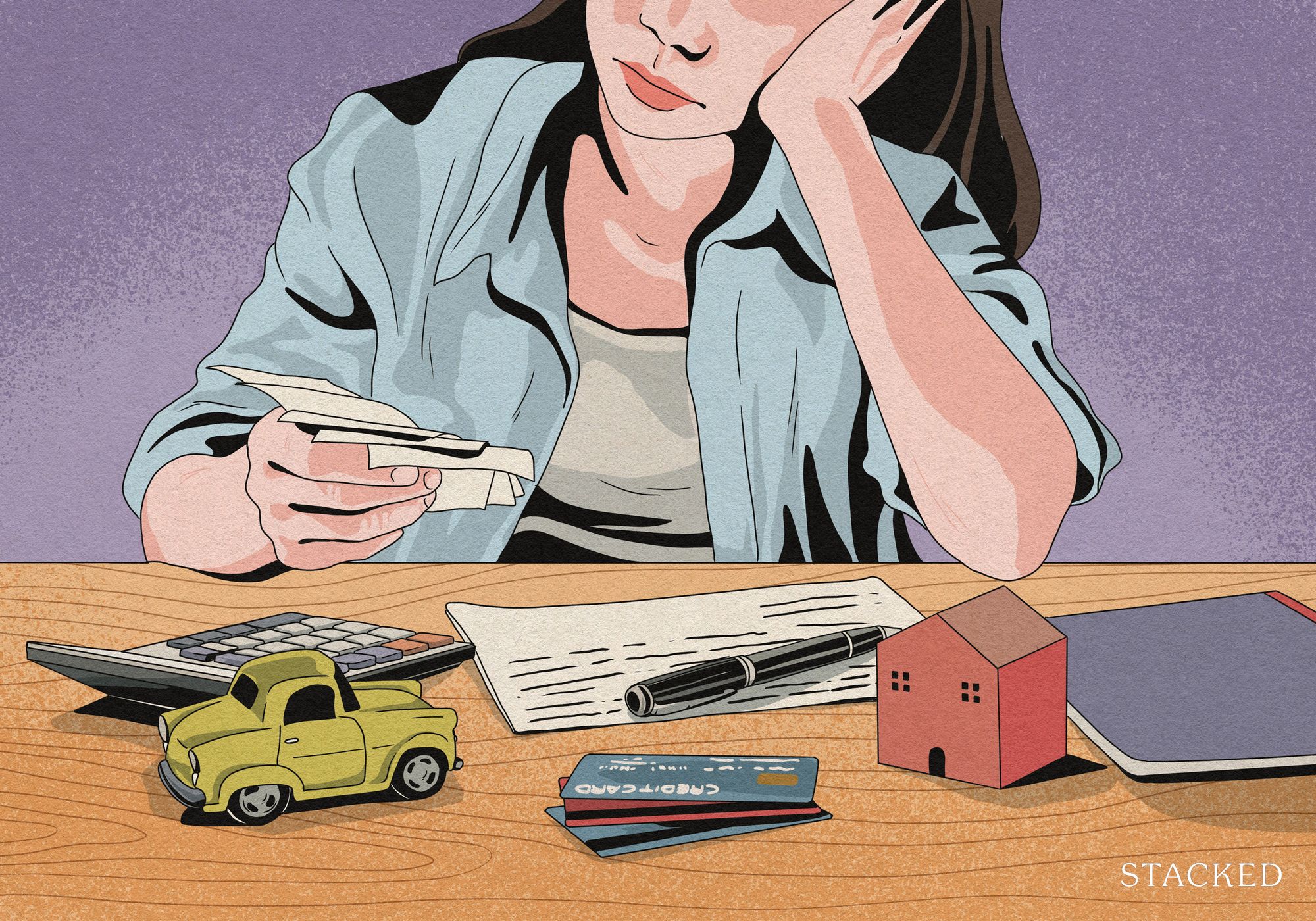
Property Advice We Own A $800K 1-Bedder And A $1.1M 3-Bedder: Is It Possible To Upgrade To A 4-Bedder Condo?

Property Advice I Own A 55-Year-Old HDB Flat, But May Have To Sell — Can I Realistically Buy A Freehold Condo With $700K?
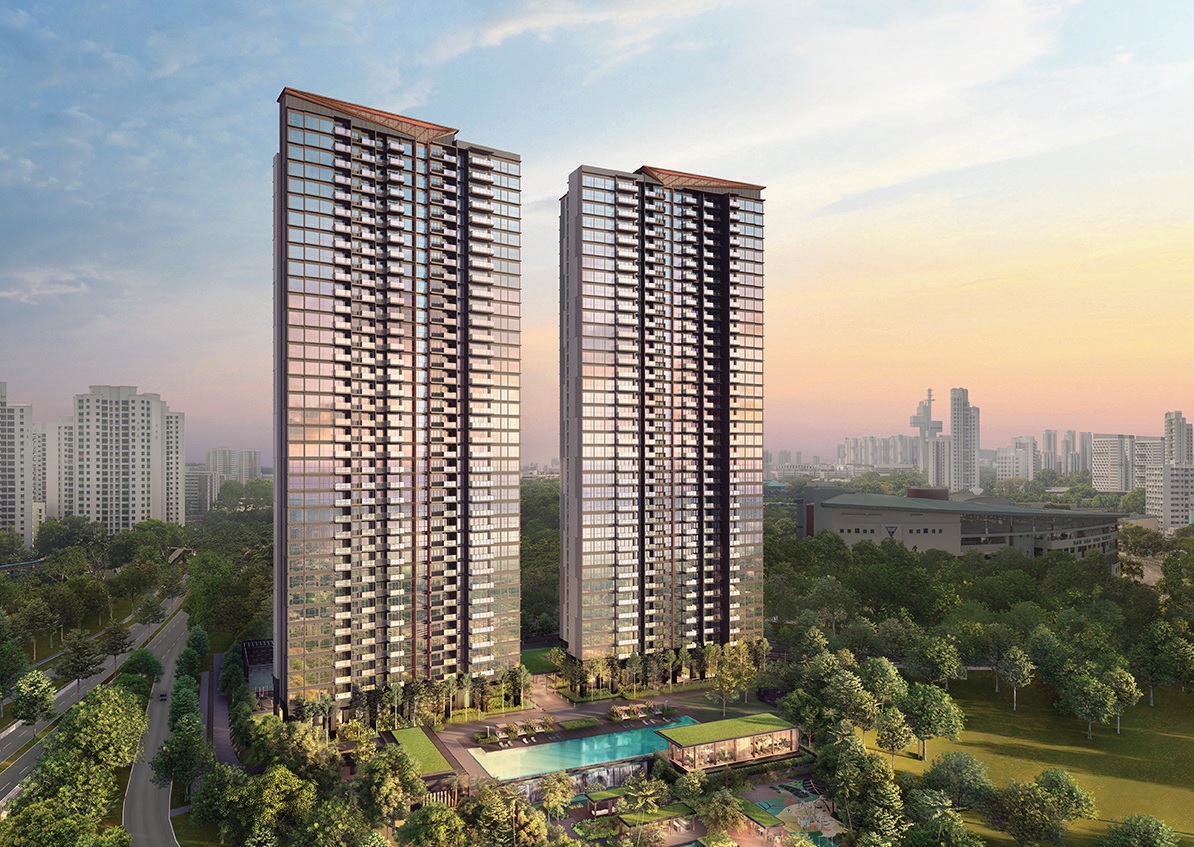
Property Advice We Own A 2-Bedder Condo In Clementi: Should We Decouple To Buy A Resale 3 Bedder Or Sell?
Latest Posts
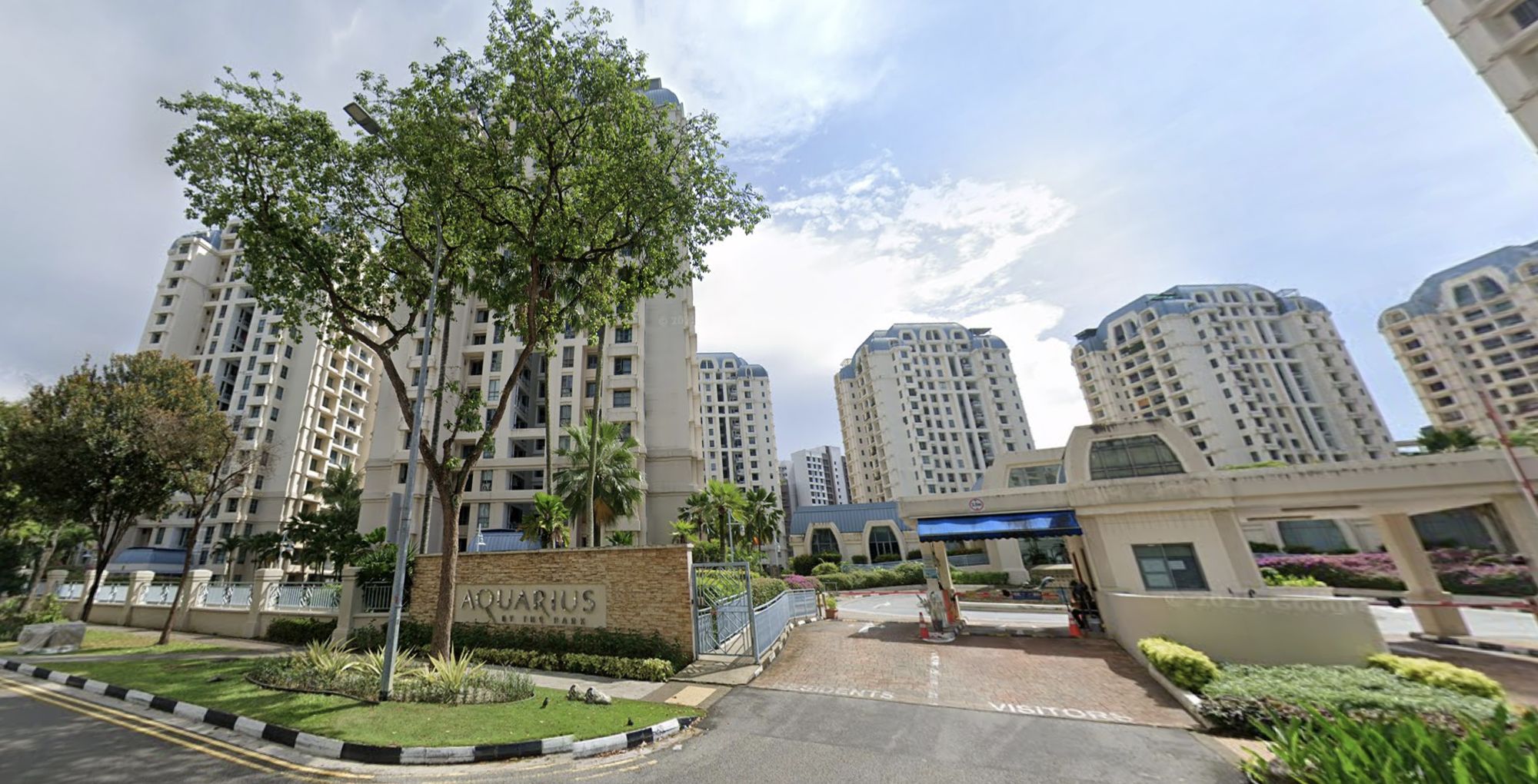
Pro How A Once “Ulu” Condo Launched In 1997 Became A Top Performer
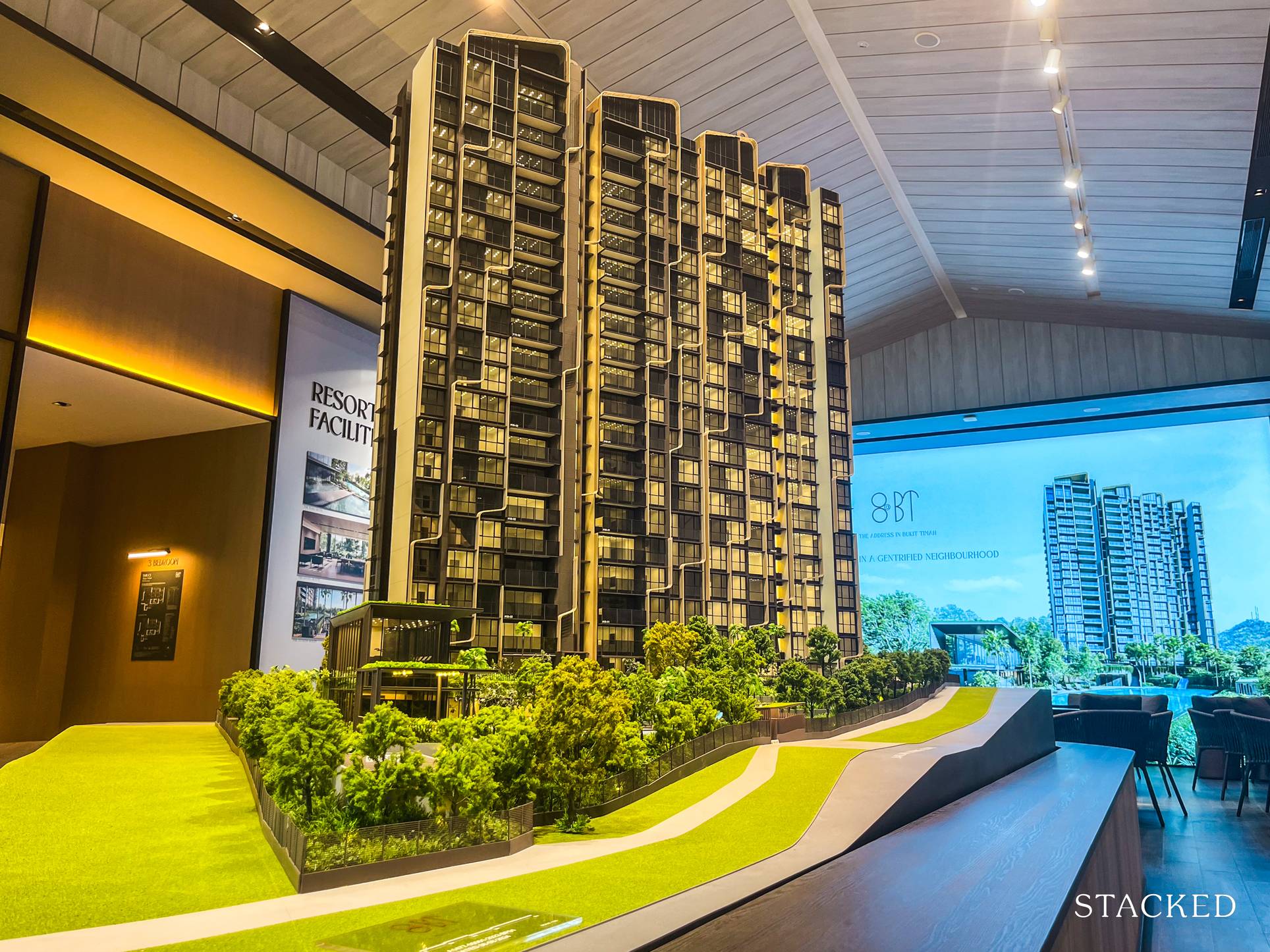
Editor's Pick I Reviewed A New Launch 4-Bedroom Penthouse At Beauty World
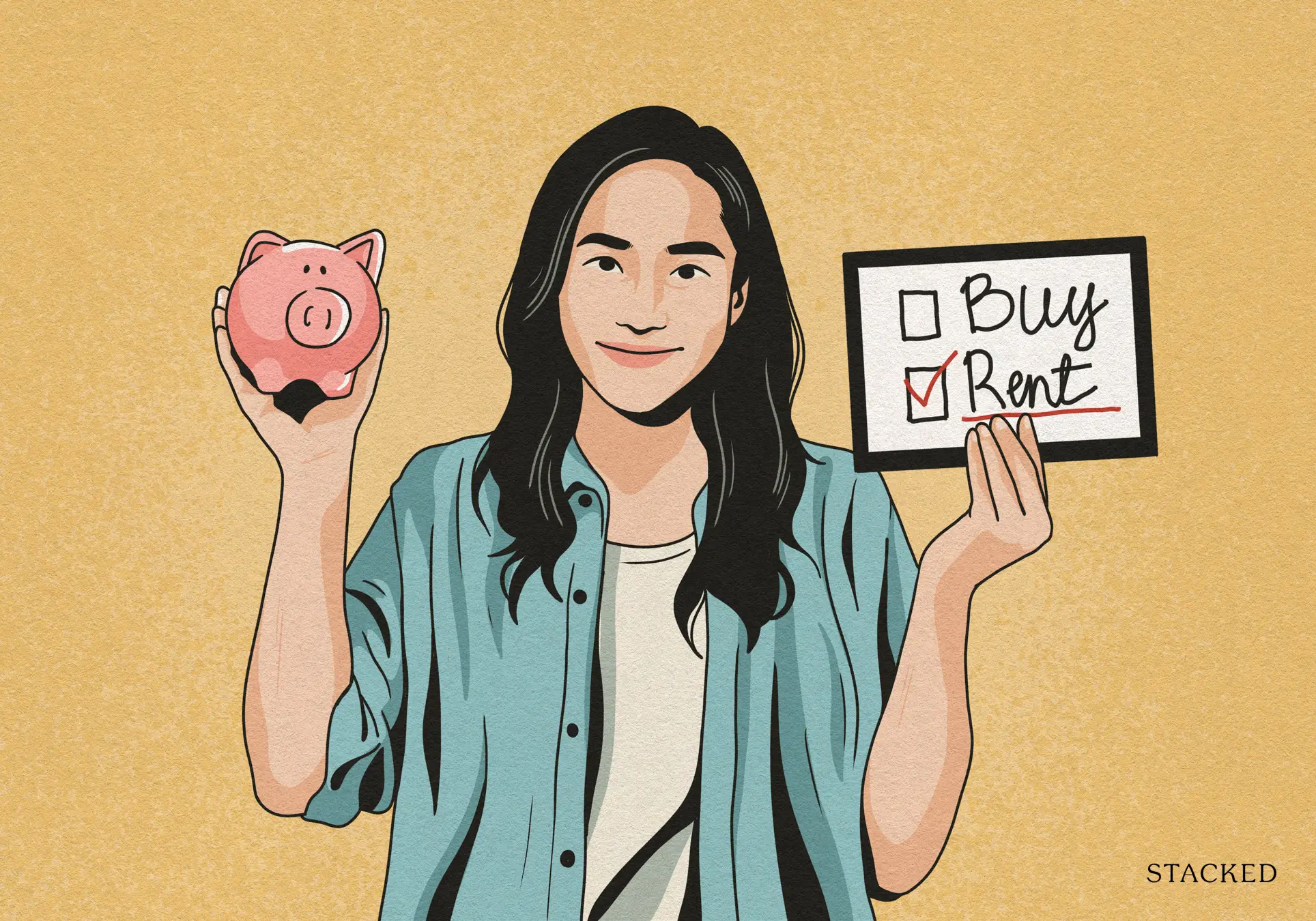
Property Market Commentary When Renting In Singapore Is The Smarter Move — And Buying Can Wait
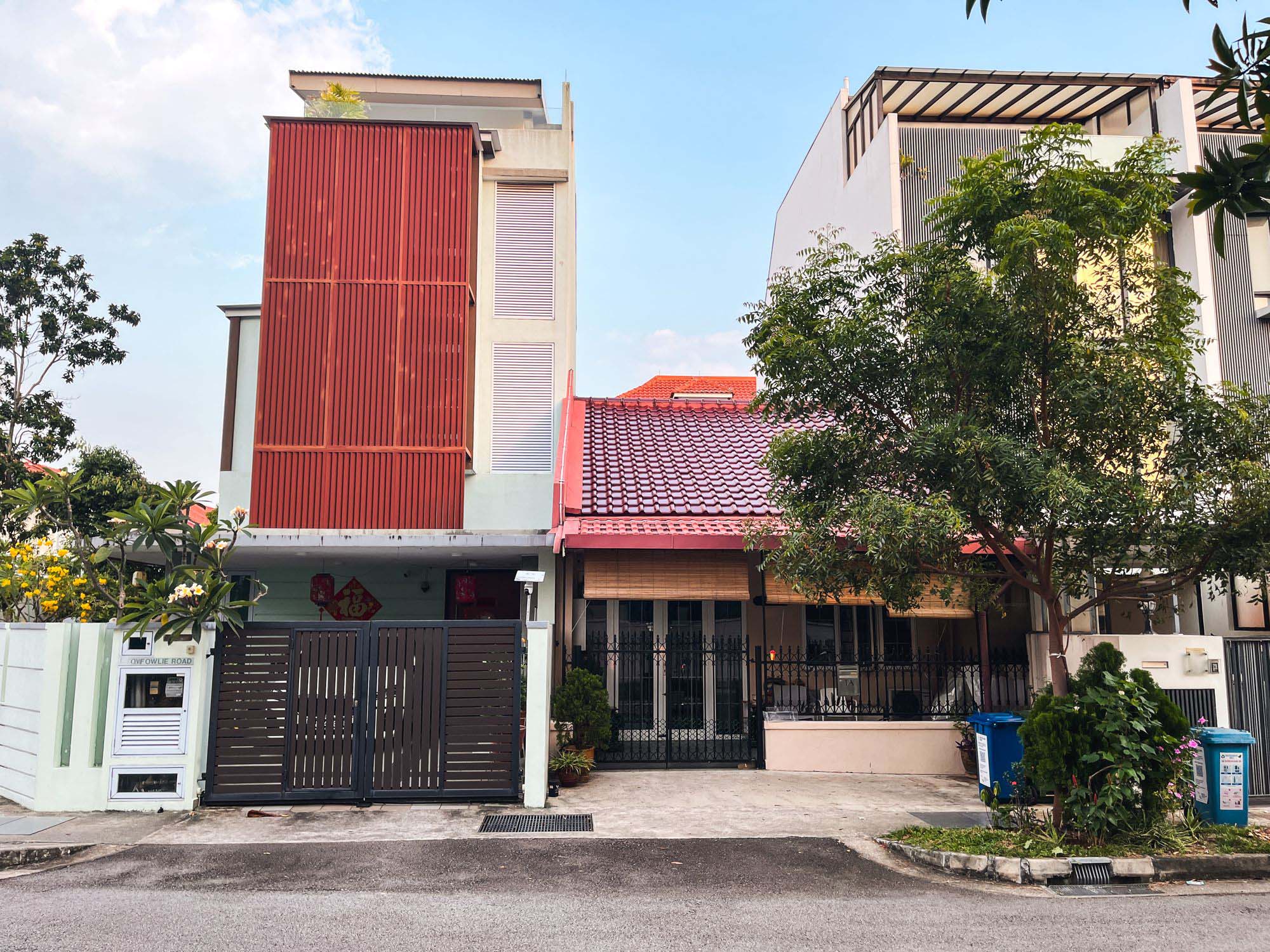
Editor's Pick Why Singaporean Families Are Looking At This Landed Enclave From Around $4M
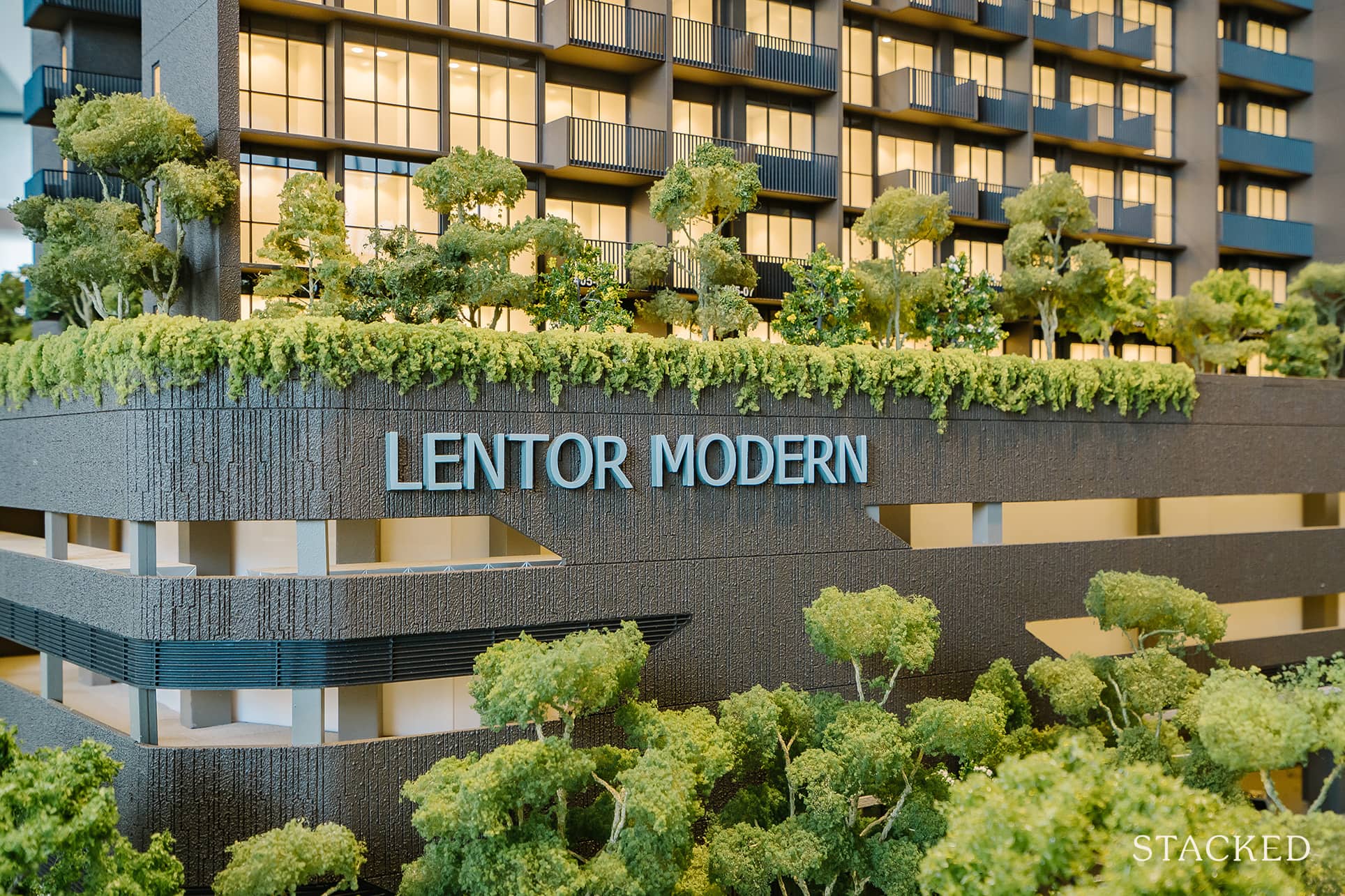
Singapore Property News Lentor’s First Condo Is Complete — The Early Profits May Surprise You
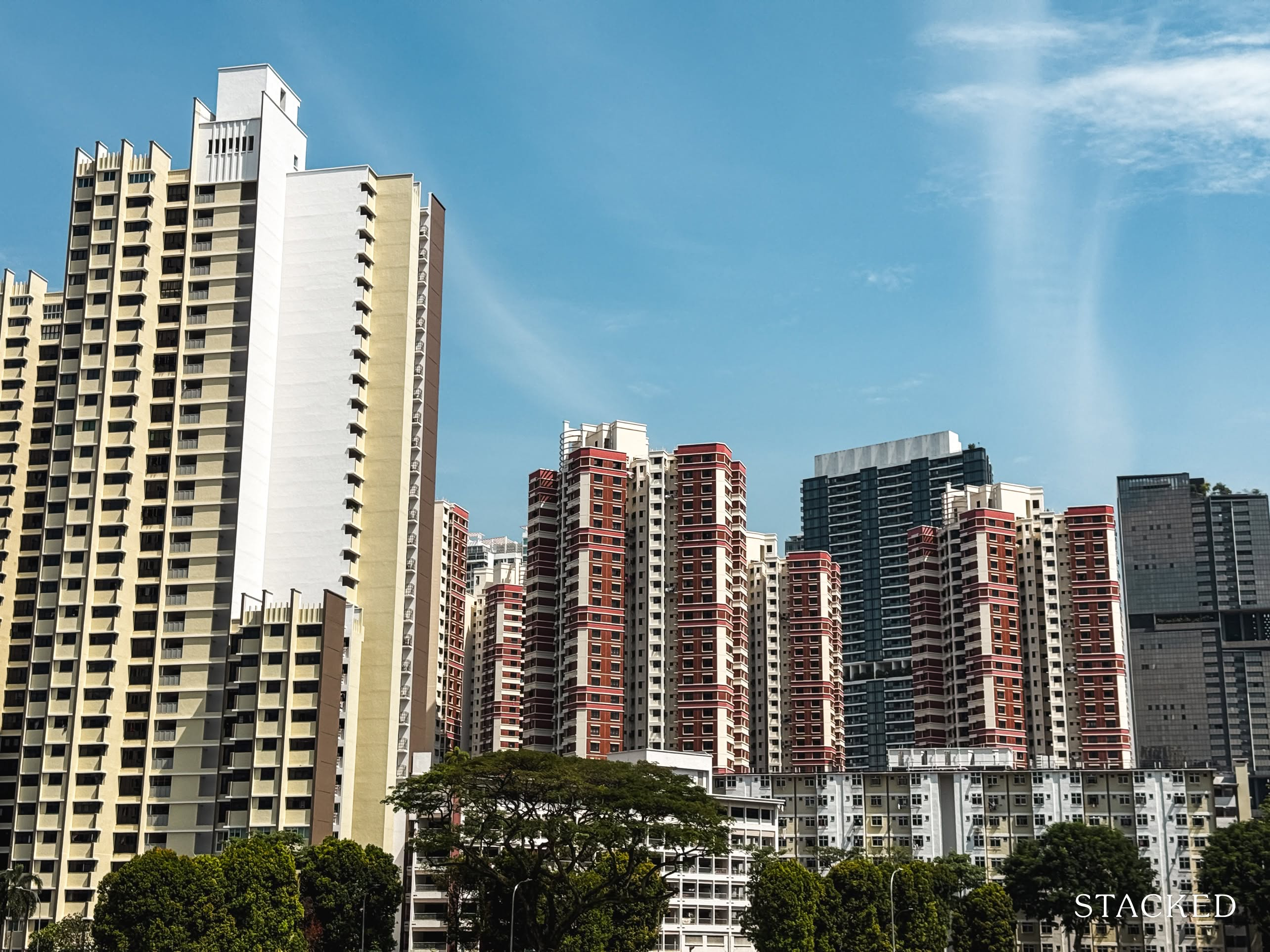
Editor's Pick A Wave Of New HDB Resale Supply Is Coming In 2026: Here’s Where To Find Them
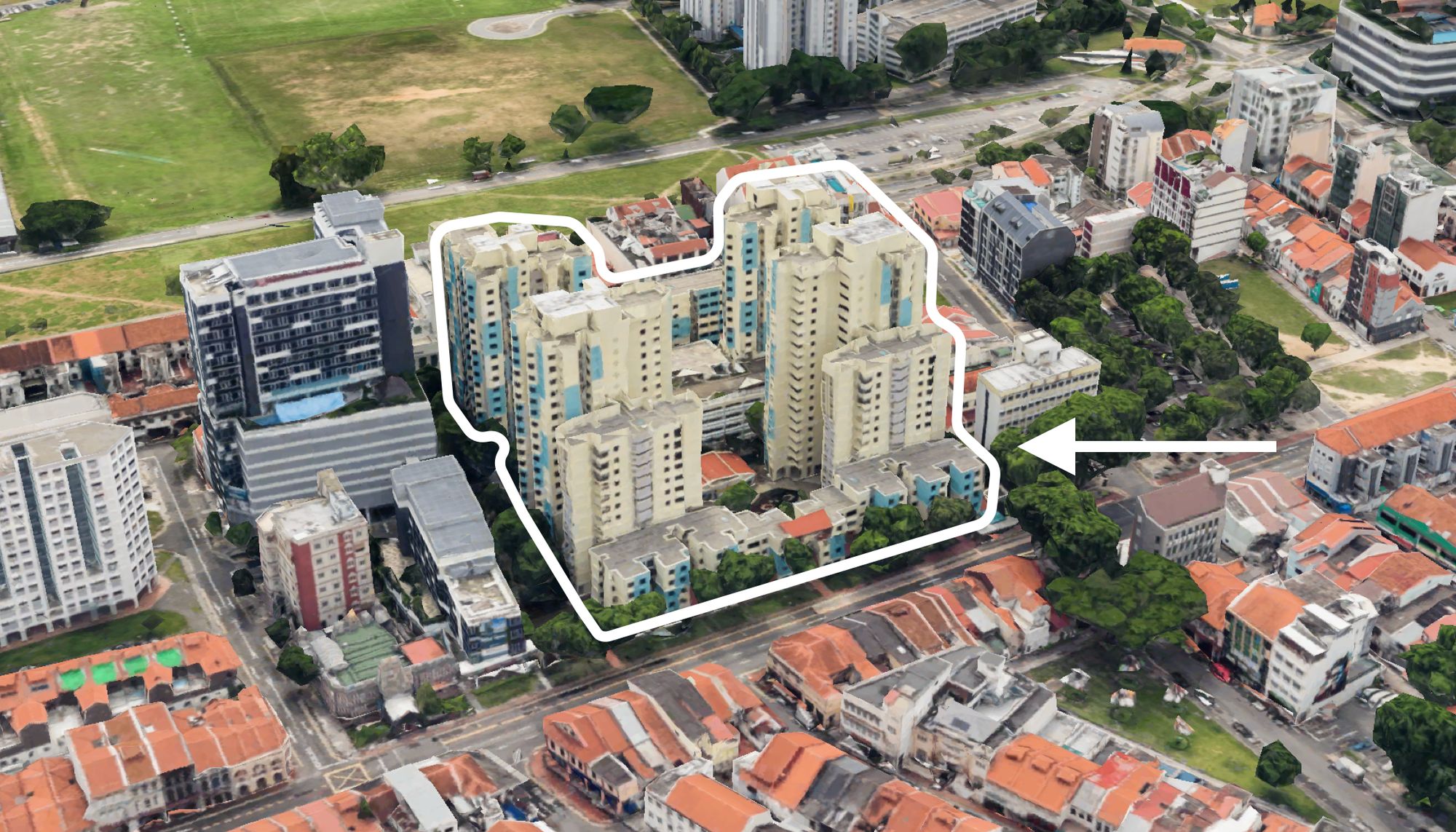
On The Market These Are Some Of The Cheapest 5-Room HDB Flats Left In Central Singapore
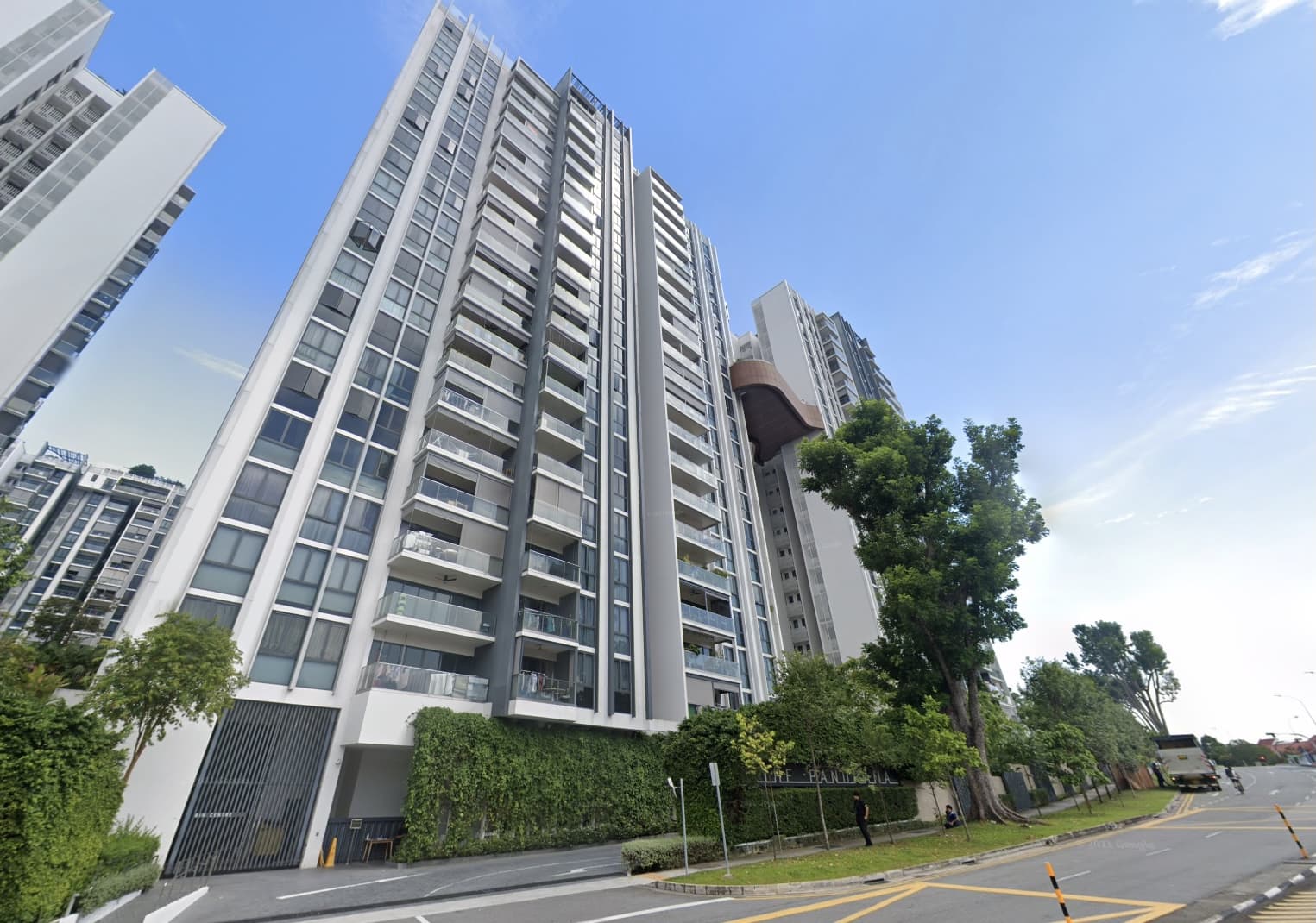
Pro This 698-Unit Ang Mo Kio Condo Launched At The Wrong Time — And Still Outperformed Peers

Singapore Property News $281.2M in Singapore Shophouse Deals in 2H2025 — But That Number Doesn’t Tell the Full Story
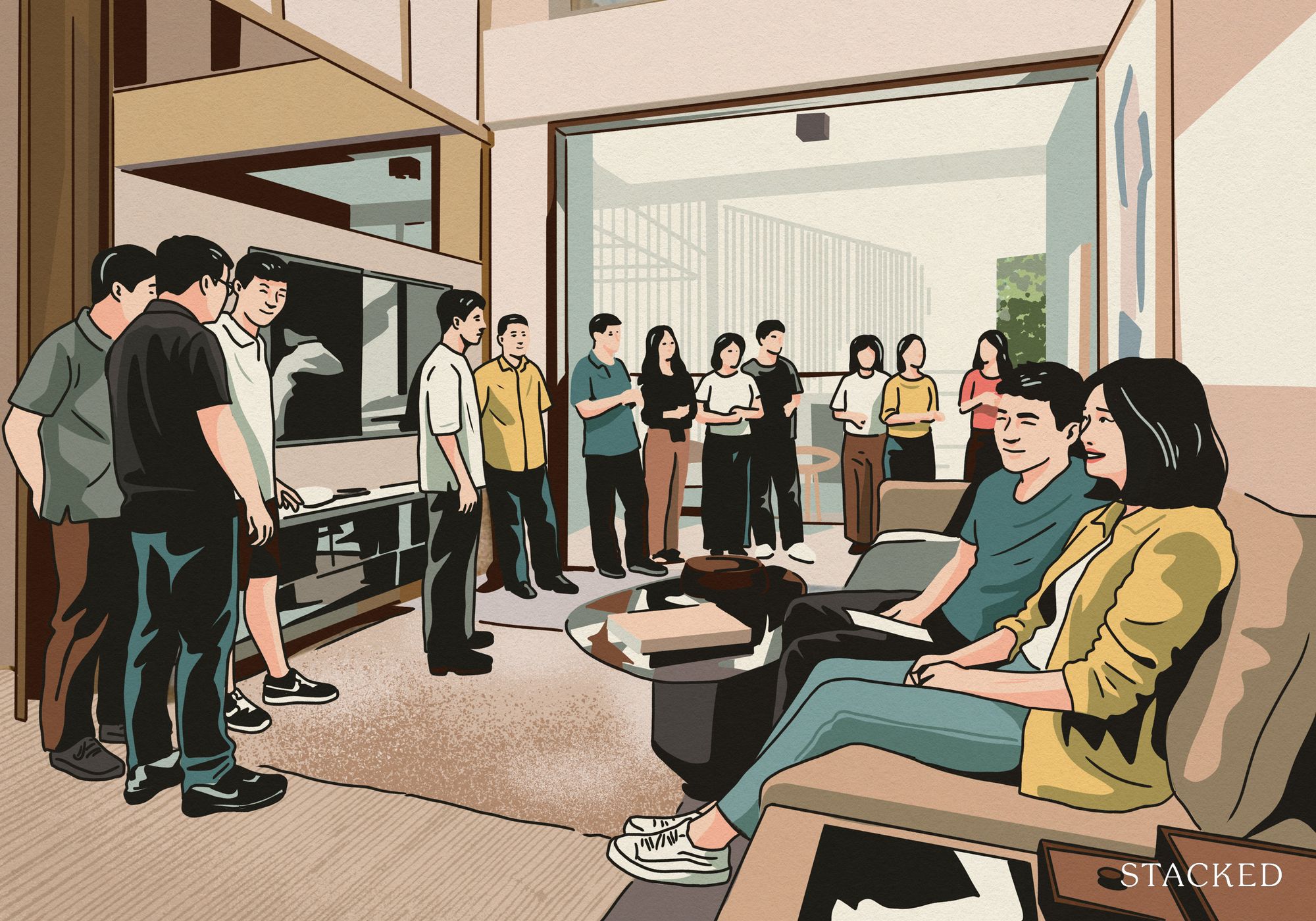
Property Market Commentary 5 Key Features Buyers Should Expect in 2026 New Launch Condos
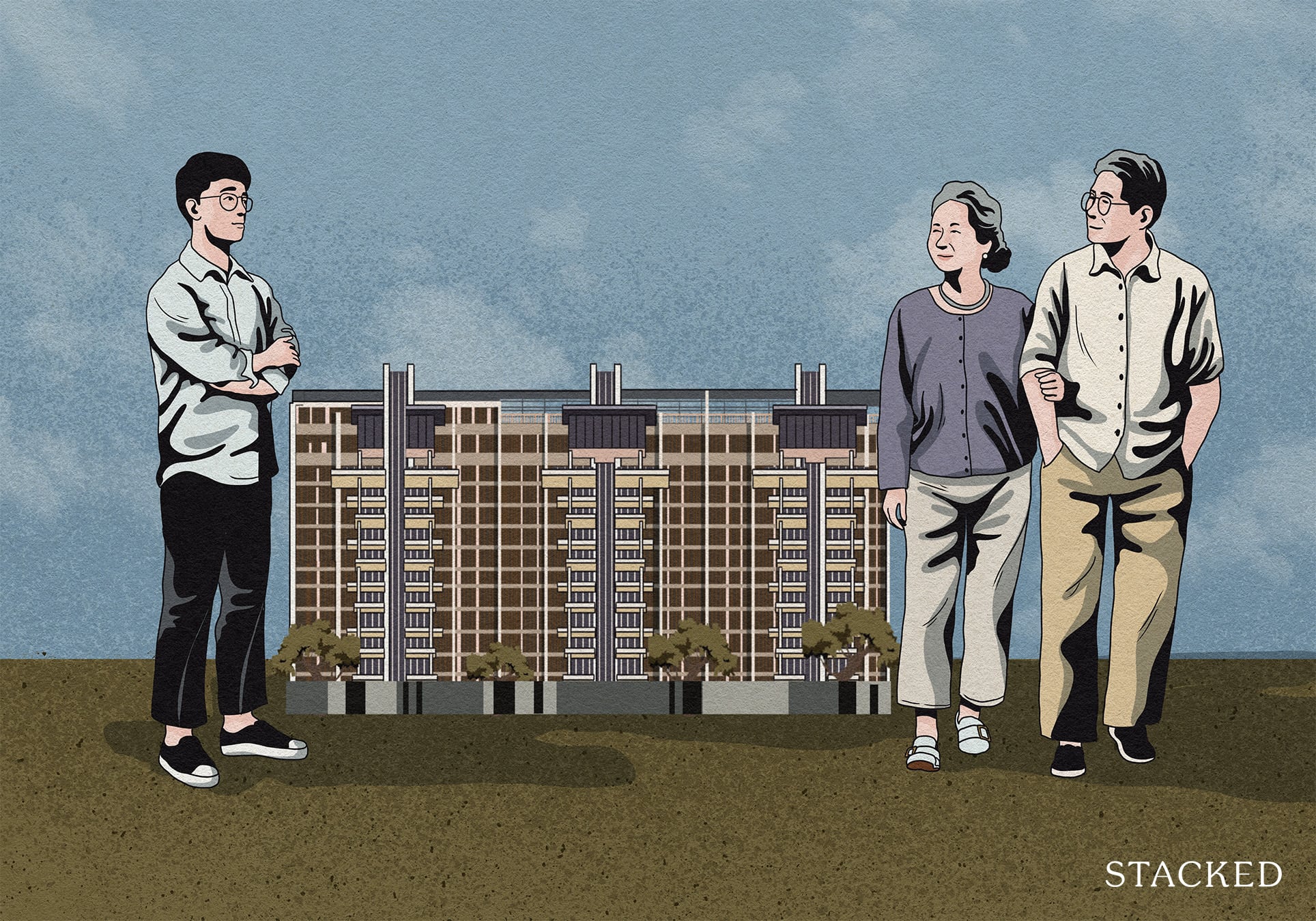
Editor's Pick What “Lucky” Singaporean Homebuyers Used To Get Away With — That You Can’t Today
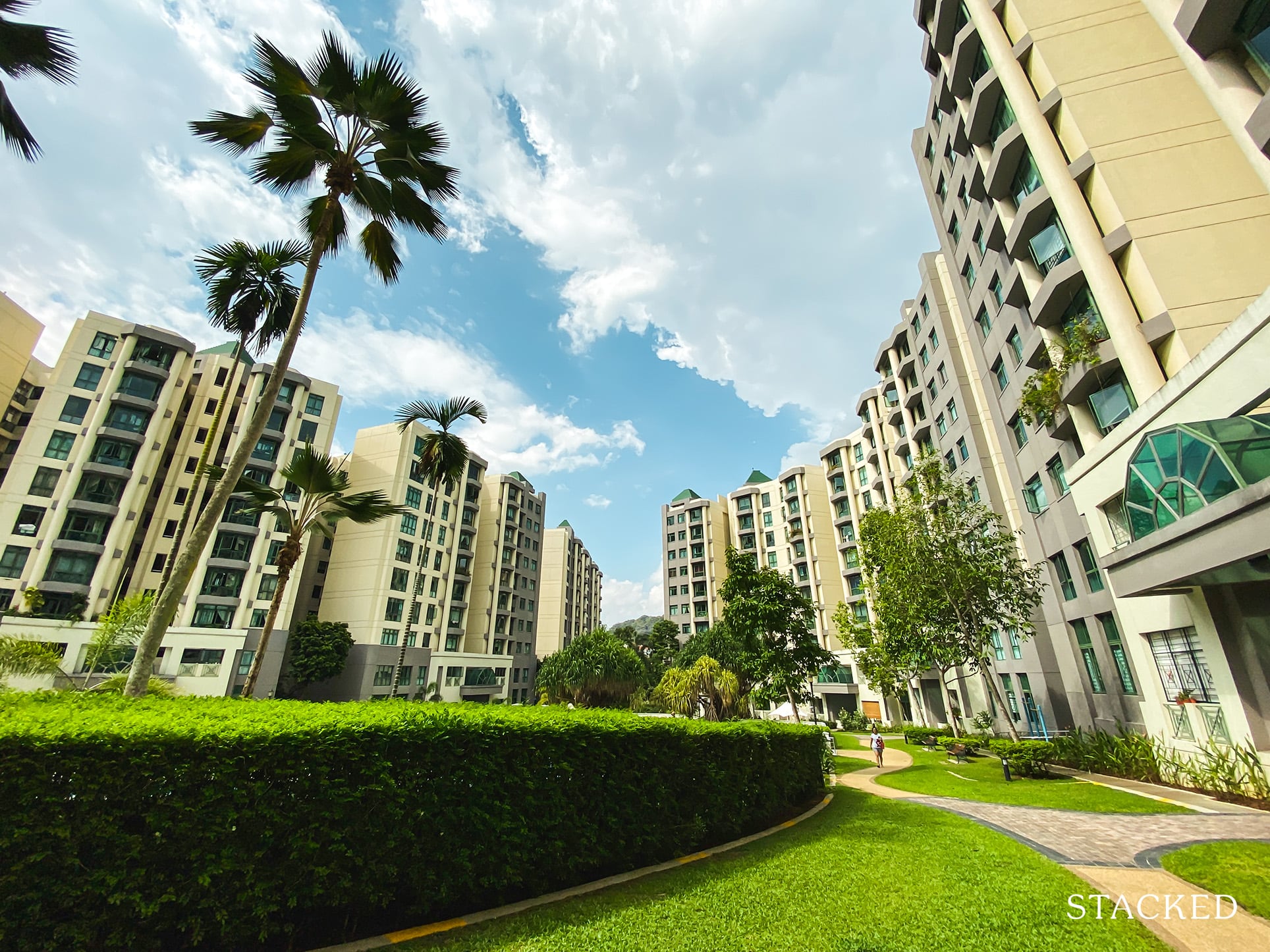
Property Investment Insights These Resale Condos In Singapore Were The Top Performers In 2025 — And Not All Were Obvious Winners

Singapore Property News CapitaLand–UOL’s $1.5 Billion Hougang Central Bid May Put Future Prices Above $2,500 PSF
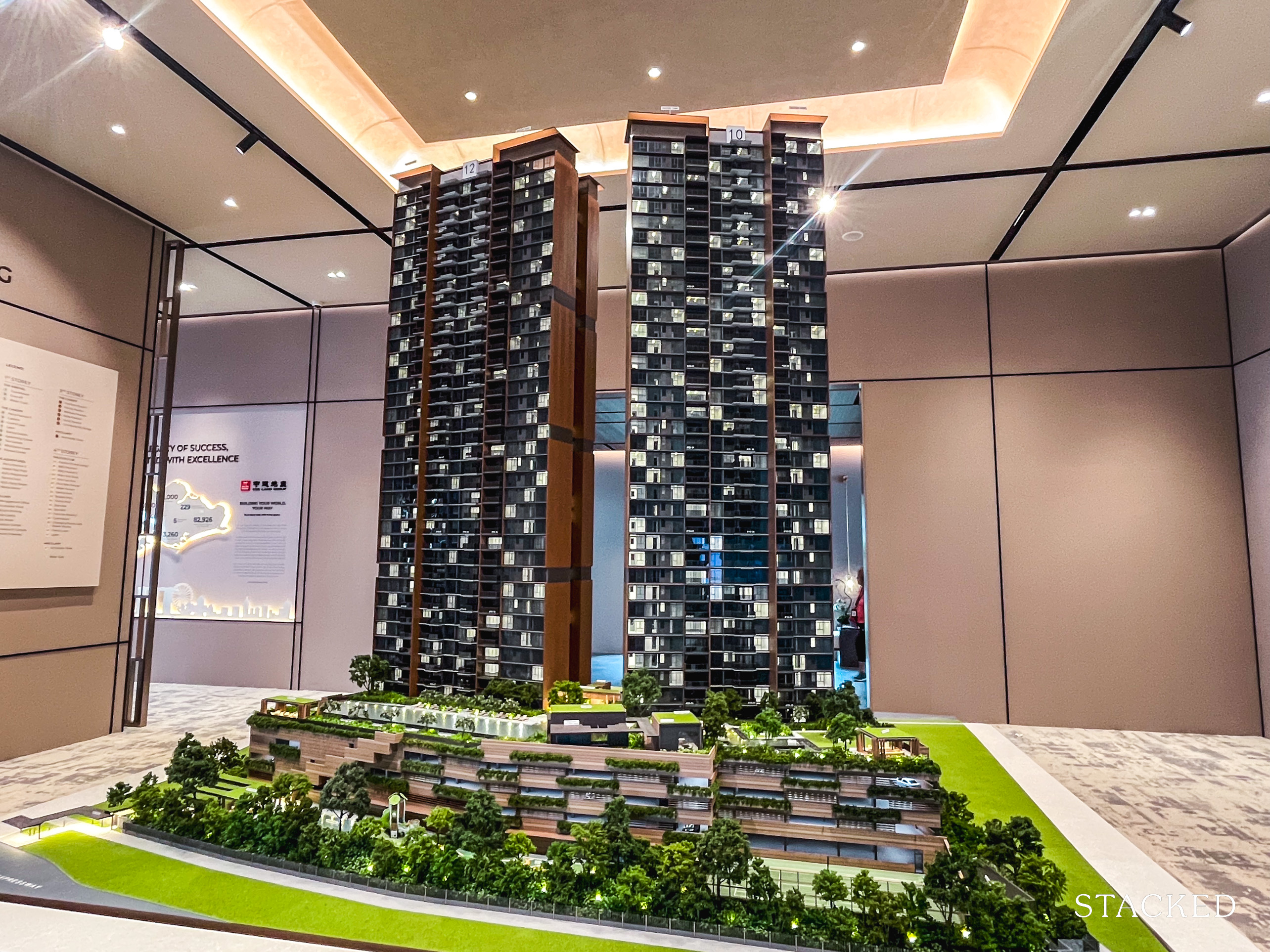
Singapore Property News Why New Condo Sales Fell 87% In November (And Why It’s Not a Red Flag)

Pro How A 944-Unit Mega-Condo In Pasir Ris Ended Up Beating The Market
